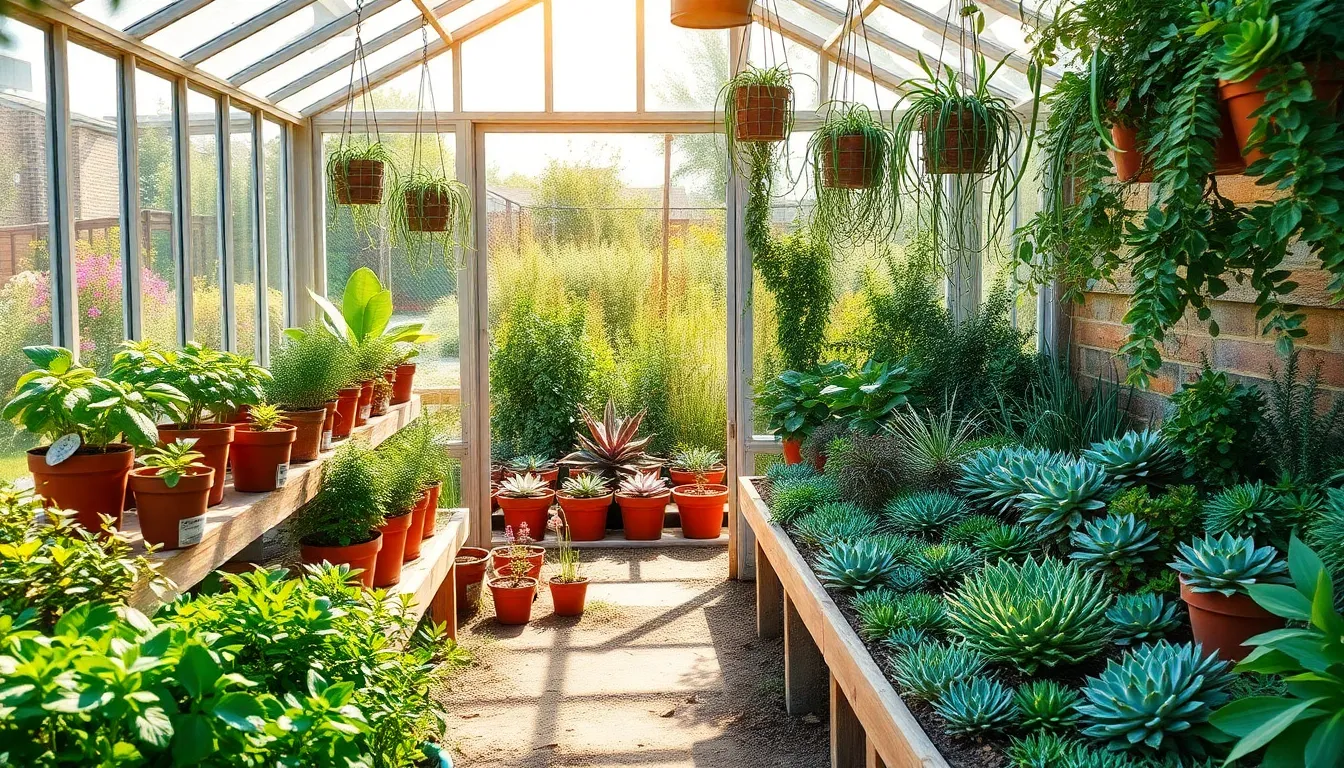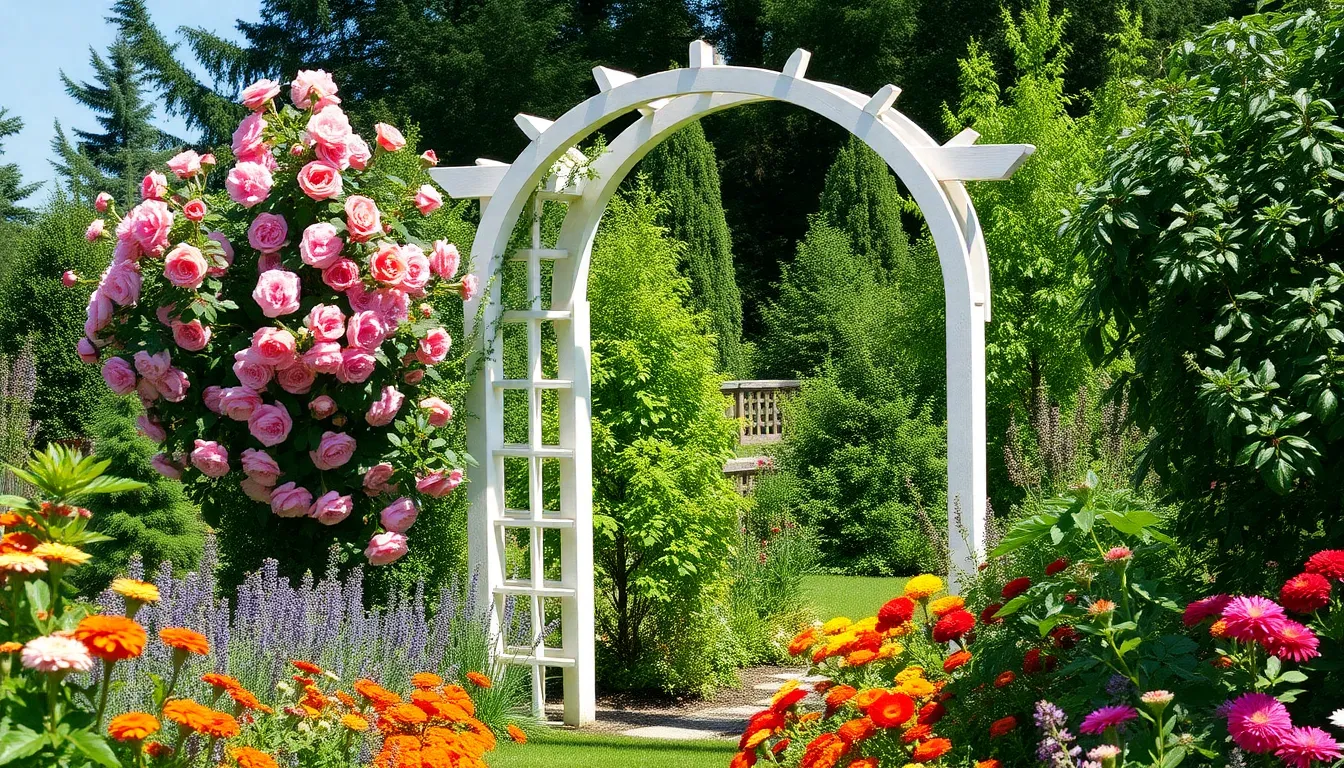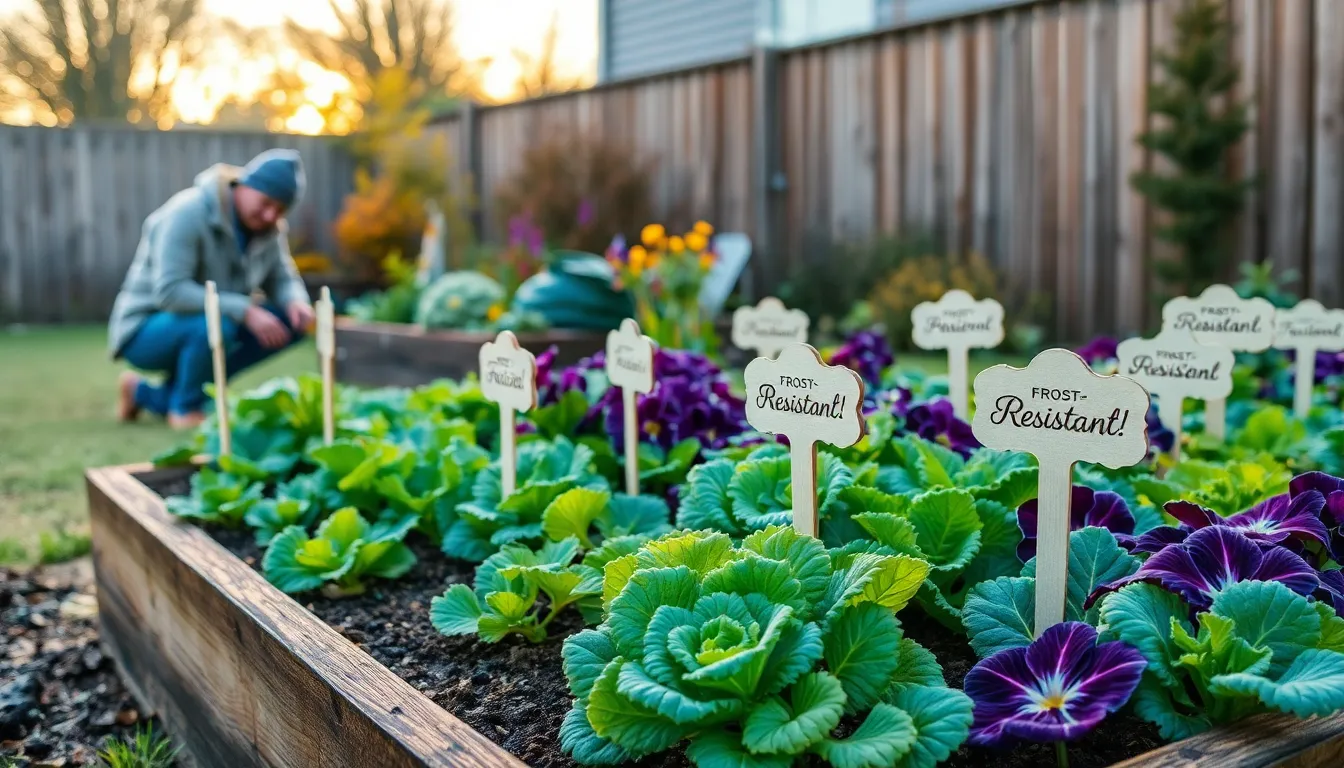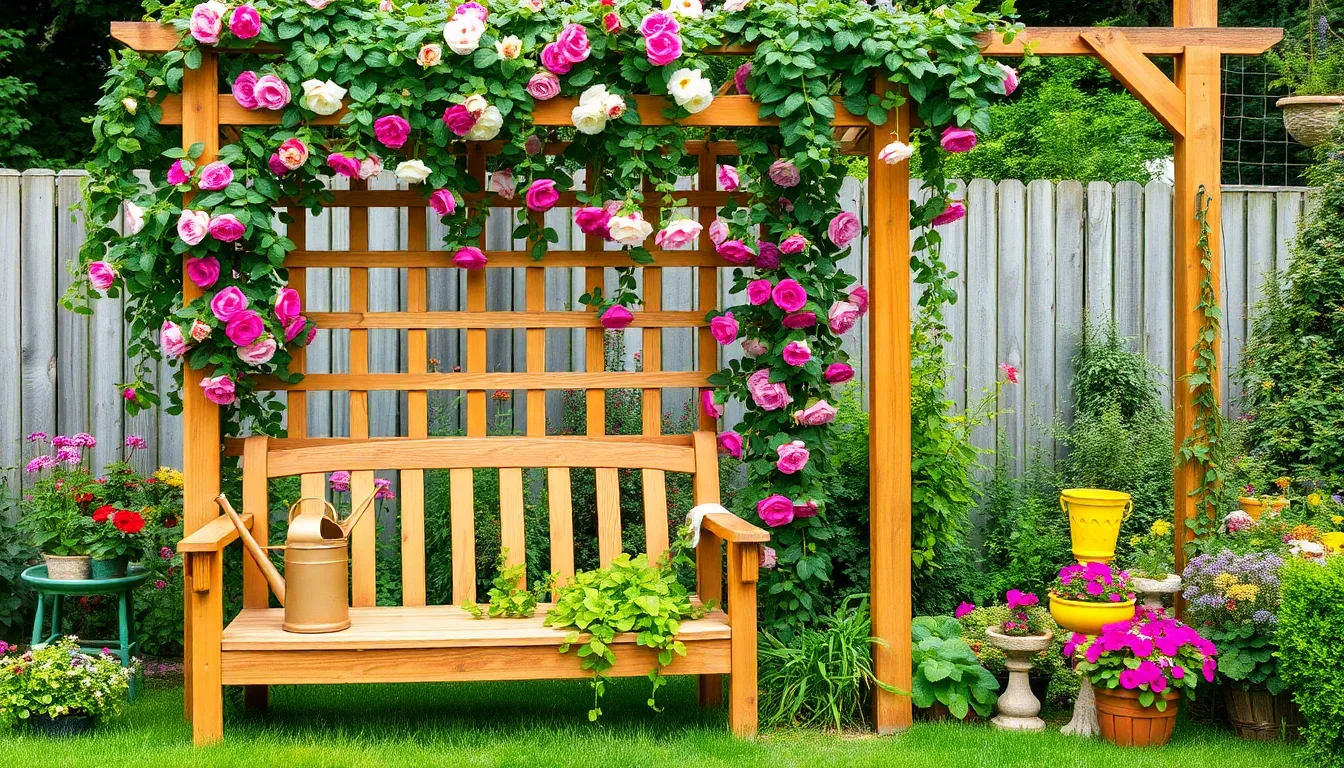Imagine stepping into a world where your gardening dreams are not constrained by the whims of the weather or the changing seasons. For both budding gardeners and seasoned green thumbs, building a greenhouse offers a sanctuary where plants flourish, and creativity knows no bounds. As you cultivate your gardening haven, a greenhouse can transform your approach, providing a space where you can experiment, nurture, and thrive year-round.
In this article, we’ll delve into the myriad benefits of constructing your own greenhouse, from extending growing seasons to protecting delicate plants from harsh conditions. Whether you’re aiming to grow exotic blooms or sustain a steady supply of fresh produce, a greenhouse equips you with the tools to achieve those goals with confidence. You’ll discover how this structure not only enhances plant growth but also empowers you with newfound gardening freedom and flexibility.
Get ready to explore practical insights and expert tips that will inspire you to embark on this enriching journey. From understanding the different types of greenhouses to selecting the right materials and optimizing space, you’ll find everything you need to make informed decisions. Together, we’ll uncover how a greenhouse can become your personal oasis, where every day is an opportunity to cultivate beauty and abundance, regardless of the season.
Year-Round Growing Opportunities
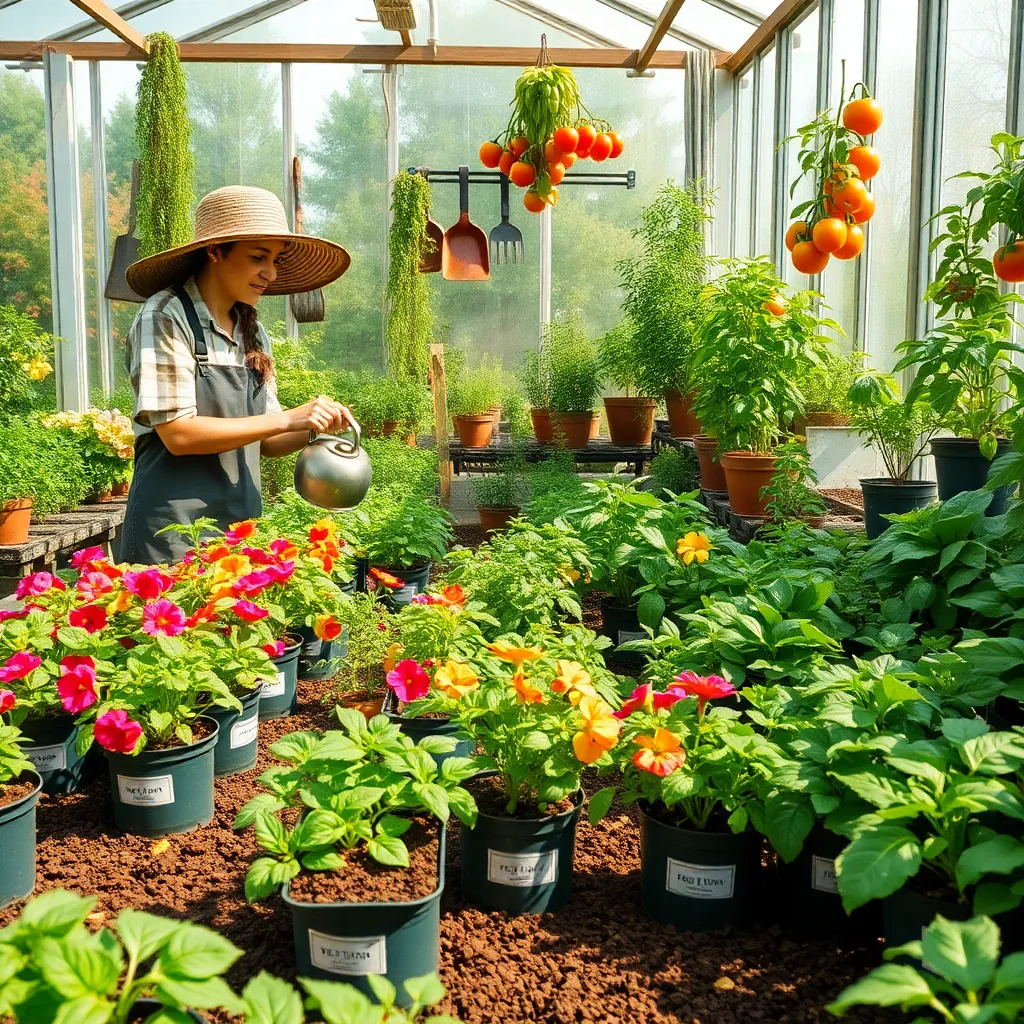
Having a greenhouse offers the unique advantage of extending your growing season beyond the natural limitations of outdoor gardening. By controlling the environment inside, you can grow plants even during the harshest of winters, ensuring a continuous supply of fresh produce.
To make the most of year-round growing, start by choosing the right plants for each season. In the cooler months, focus on hardy greens like spinach and kale, which thrive in cooler temperatures and lower light conditions.
During the warmer months, a greenhouse allows you to experiment with heat-loving plants such as tomatoes and peppers. Ensure they have ample sunlight by positioning them towards the sunnier side of the greenhouse and maintain a consistent watering schedule, typically every few days, to keep the soil moist but not waterlogged.
For more advanced gardeners, consider utilizing a hydroponic system to grow plants without soil, which can optimize space and increase yields. This method requires a nutrient-rich water solution and careful monitoring of pH levels to ensure plants receive all the necessary nutrients for optimal growth.
Enhanced Pest and Weather Control
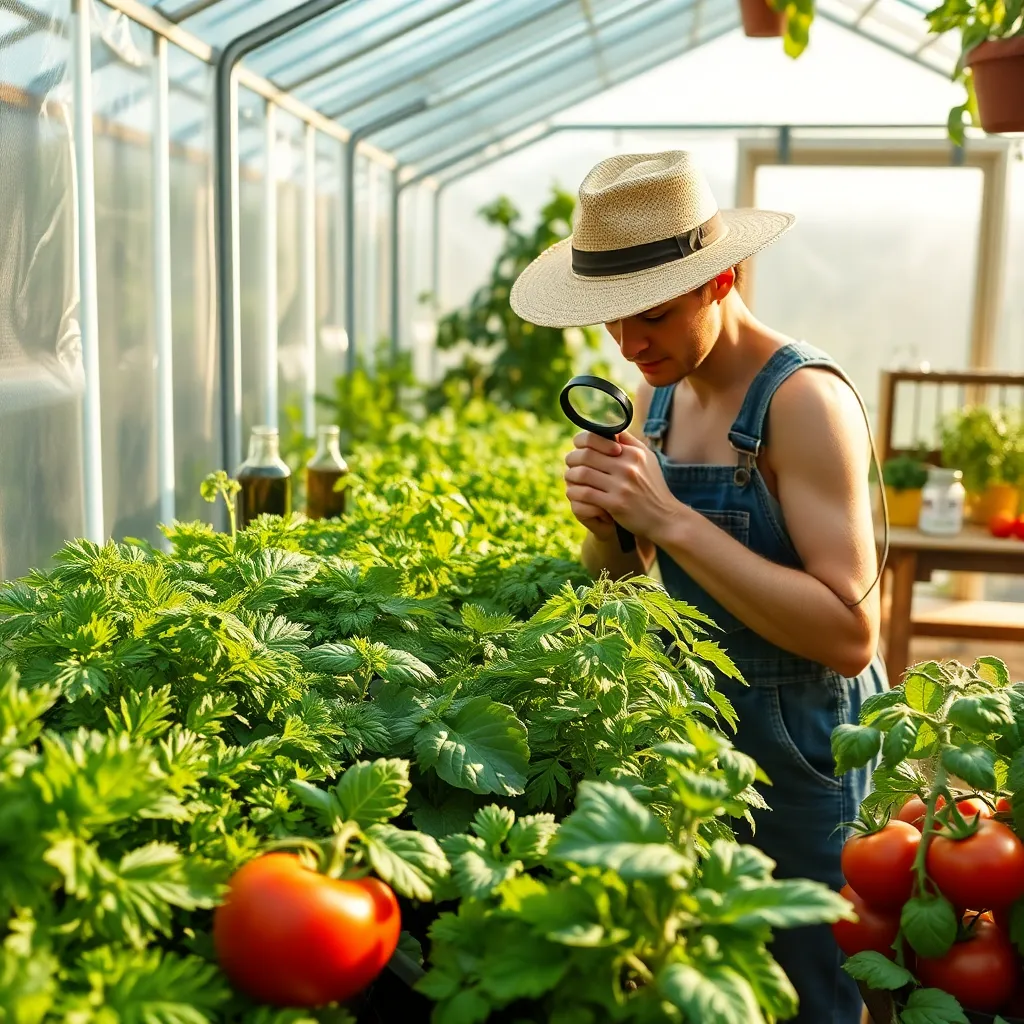
Building a greenhouse significantly enhances your ability to control pests and weather conditions. By providing a barrier against insects and small animals, you can reduce the reliance on chemical pesticides and promote a more eco-friendly gardening environment. Consider installing mesh screens on vents to allow for air circulation while keeping unwanted visitors out.
In addition to pest control, greenhouses offer a buffer against extreme weather, protecting plants from harsh winds, heavy rain, and unexpected frosts. This controlled environment helps maintain optimal growing conditions, ensuring your plants thrive year-round. Use a thermostat and hygrometer to monitor and adjust temperature and humidity levels inside the greenhouse, keeping them within the ideal range for your specific plants.
For beginner gardeners, starting with a simple plastic or polycarbonate greenhouse can be both cost-effective and efficient. These materials provide excellent insulation and are easy to maintain, offering a great balance between durability and light transmission. Ensure your greenhouse is oriented to maximize sunlight exposure, typically facing south if possible, to make the most of natural light without overheating your plants.
Experienced gardeners might explore integrating automated systems for even greater control over the environment. Automated watering and ventilation systems can help maintain consistent growing conditions, reducing manual labor and allowing for more precise adjustments. Advanced gardeners can experiment with hydroponic systems inside their greenhouses, which can lead to faster plant growth and higher yields.
Energy Efficiency of Greenhouses
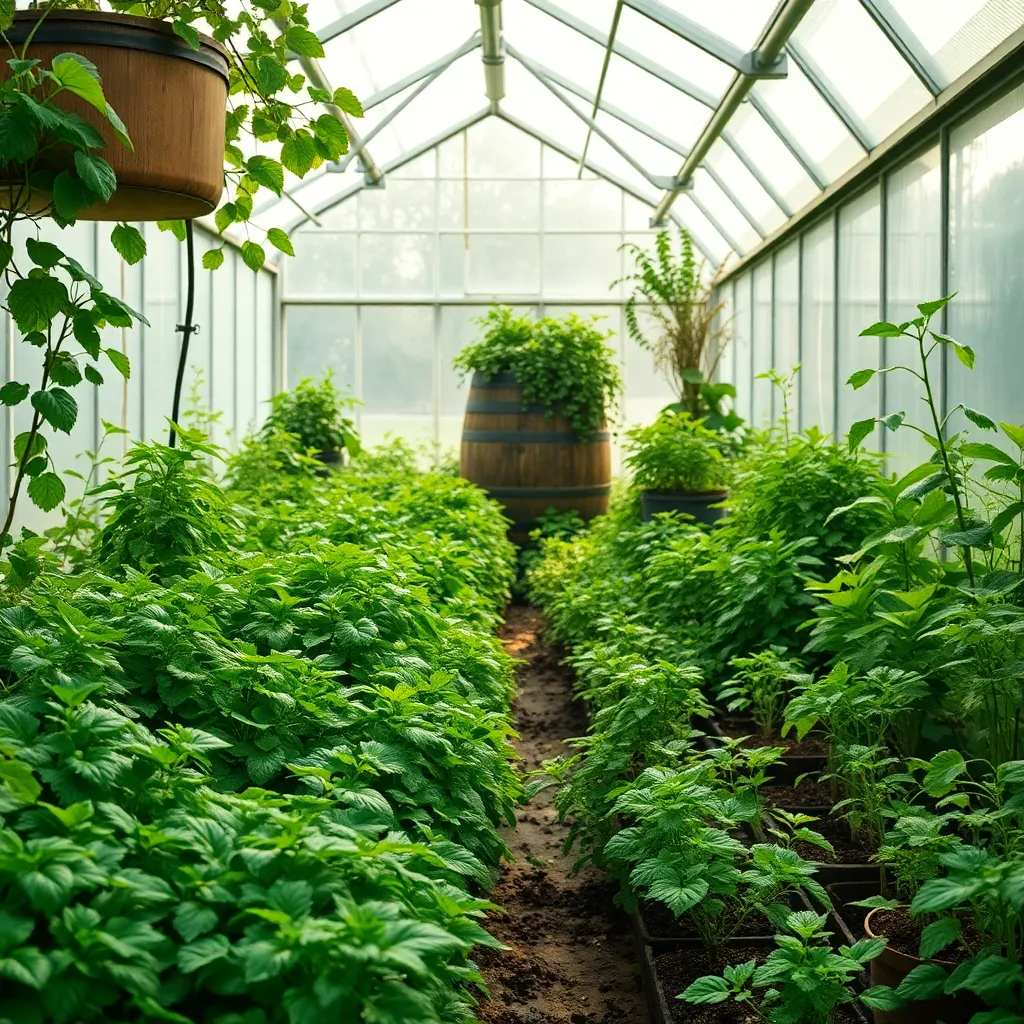
Greenhouses offer a significant opportunity for energy efficiency, making them a sustainable choice for avid gardeners. By harnessing natural sunlight, greenhouses can maintain a consistent internal temperature, reducing the need for artificial heating.
To maximize energy efficiency, it’s essential to choose the right materials for your greenhouse. Double-layered polycarbonate panels are highly effective at insulating while still allowing ample light to penetrate, reducing both heating costs and energy usage.
Positioning your greenhouse is another key factor in energy management. Place your greenhouse in a spot that receives ample sunlight throughout the day, ideally facing south, to optimize the natural heat intake and minimize the need for supplemental heating during cooler months.
Advanced gardeners might consider implementing a thermal mass system, such as water barrels, which can absorb heat during the day and release it at night. This technique helps to stabilize temperatures, ensuring that plants remain in their optimal growing conditions without excessive energy consumption.
For those eager to enhance their greenhouse’s energy efficiency, installing automated ventilation systems can be a game-changer. These systems can regulate airflow based on temperature and humidity levels, ensuring a balance between conserving energy and maintaining the ideal environment for plant growth.
Boosting Plant Growth Conditions
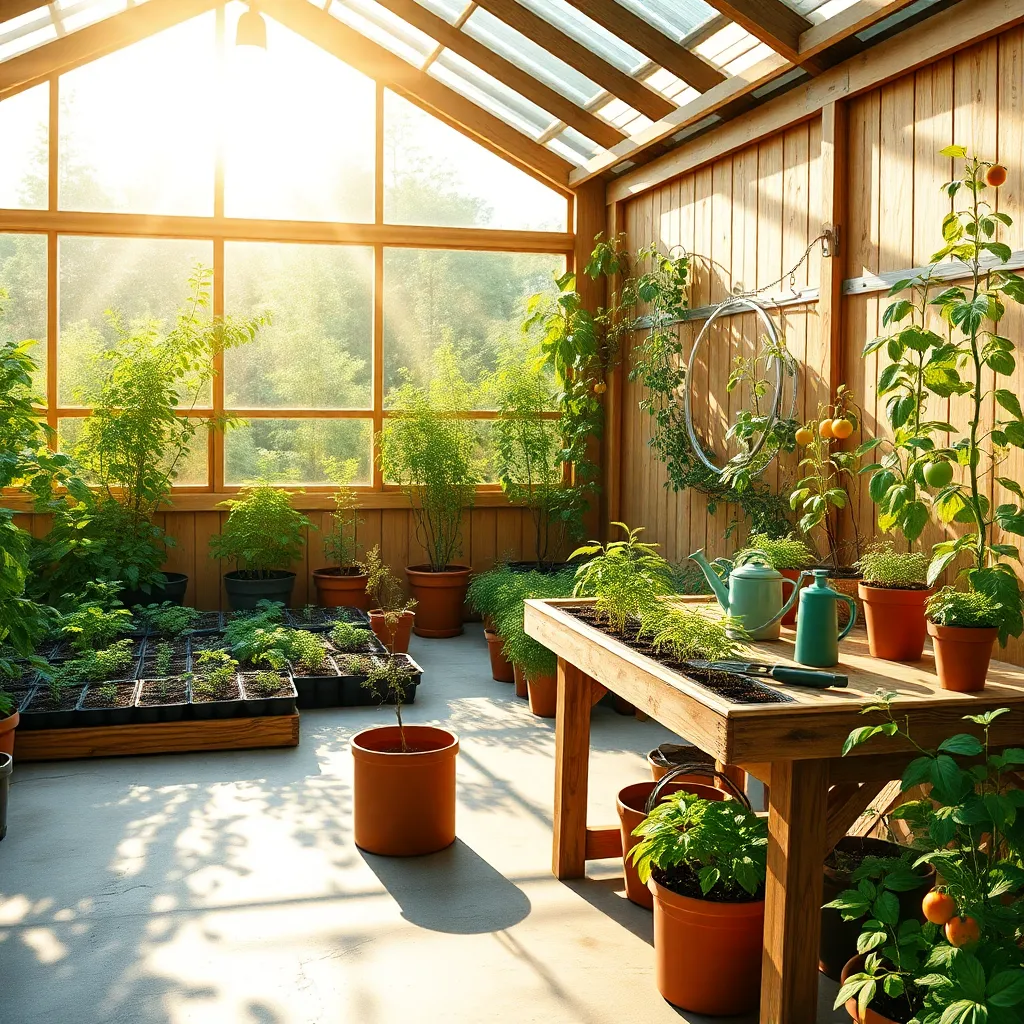
Building a greenhouse provides an optimal environment to boost plant growth conditions significantly. The controlled atmosphere allows gardeners to adjust temperature, humidity, and light, tailoring these factors to the specific needs of their plants.
To maximize plant growth, it’s crucial to monitor and maintain the ideal temperature range for your specific plant types. Most vegetables thrive in temperatures between 65°F and 75°F, while some tropical plants may require warmer conditions.
Humidity control is another vital aspect of greenhouse gardening. Keeping humidity levels around 50-70% can help prevent issues like mold while ensuring plants don’t dry out, which is particularly beneficial for seedlings and tropical species.
Furthermore, a greenhouse allows for continuous access to sunlight, which is essential for photosynthesis. Consider using supplemental grow lights during shorter days to ensure your plants receive adequate light, especially if you are growing light-loving crops like tomatoes and peppers.
To improve soil conditions, use a high-quality potting mix that retains moisture yet drains well. Incorporating organic matter such as compost can enhance soil fertility, providing essential nutrients that promote robust plant growth.
Watering frequency is another factor that can be finely tuned within a greenhouse setting. Ensure consistent moisture levels by checking soil moisture regularly; a good rule of thumb is to water when the top inch of soil feels dry to the touch.
For advanced gardeners, implementing an automated irrigation system can help maintain consistent watering schedules, reducing manual labor while ensuring plants receive precise amounts of water. This technique is particularly useful for managing large greenhouses or when cultivating a wide variety of plant species.
Increasing Garden Versatility
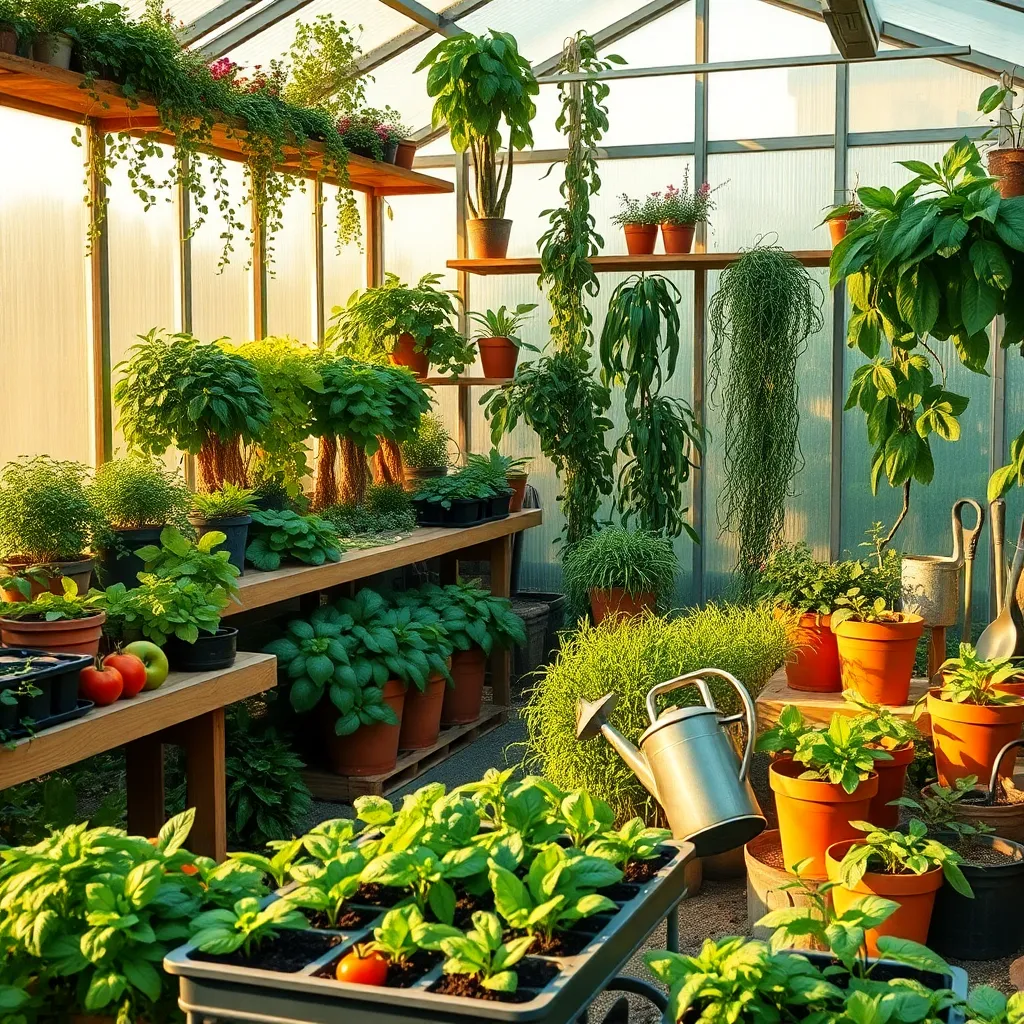
Building a greenhouse extends your growing season, allowing you to cultivate a wider variety of plants throughout the year. This means you can experiment with both cool-weather and warm-weather crops simultaneously, making your garden more versatile.
Consider planting a mix of leafy greens, such as spinach and lettuce, alongside heat-loving vegetables like tomatoes and peppers. By doing so, you can maximize your greenhouse space and enjoy fresh produce all year round.
To further increase your garden’s versatility, incorporate shelves or vertical gardening techniques inside your greenhouse. This approach not only maximizes space but also provides different micro-climates for diverse plant needs, such as more humid conditions for tropical plants.
Using raised beds or containers within your greenhouse allows you to tailor the soil mix to the specific needs of each plant type. For example, you can use a sandy soil mix for succulents and cacti, while opting for a richly organic mix for herbs and leafy greens.
Conclusion: Growing Success with These Plants
In exploring the ‘Advantages of Building a Greenhouse,’ we delved into five key relationship concepts: creating a nurturing environment, fostering growth through communication, investing in shared goals, adapting with resilience, and celebrating milestones together. These principles illustrate how the metaphor of a greenhouse can be applied to cultivate a thriving partnership, emphasizing the importance of support, understanding, and mutual growth.
As an actionable next step, consider setting aside time this week to discuss and identify one shared goal with your partner. This could be as simple as planning a weekly date night or as ambitious as starting a project together. By doing so, you create a foundation of shared purpose and commitment.
To ensure these insights remain at your fingertips, bookmark this article as a valuable resource for nurturing your relationship garden. Relationships, much like greenhouses, flourish with consistent care and attention, and having these concepts on hand can guide you through the seasons of partnership.
Looking ahead, remember that the seeds of effort you plant today can lead to a bountiful harvest of relationship success. With dedication and love, your partnership can continue to grow resilient and strong. Save this article and revisit it often as you embark on this journey together.

